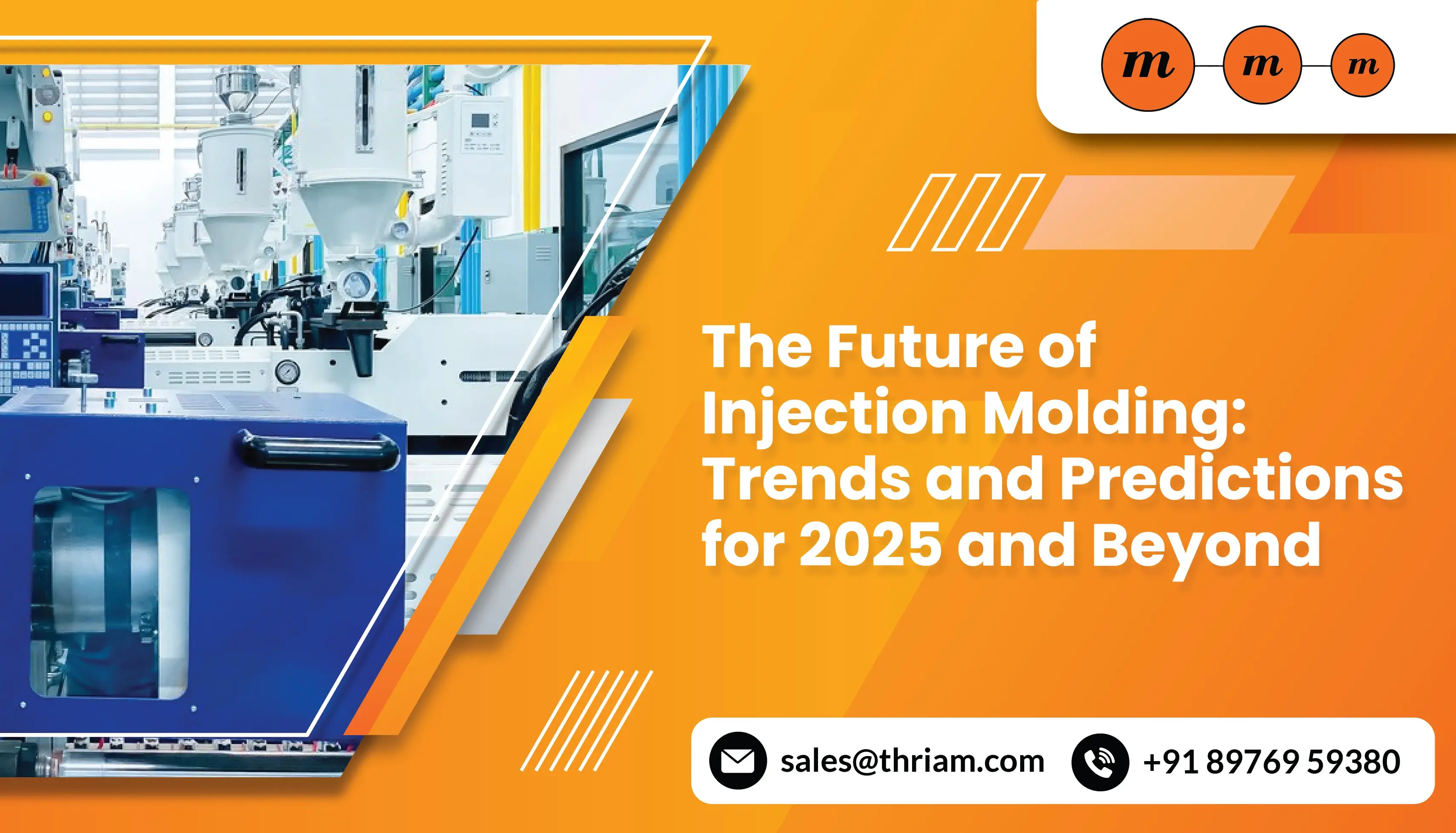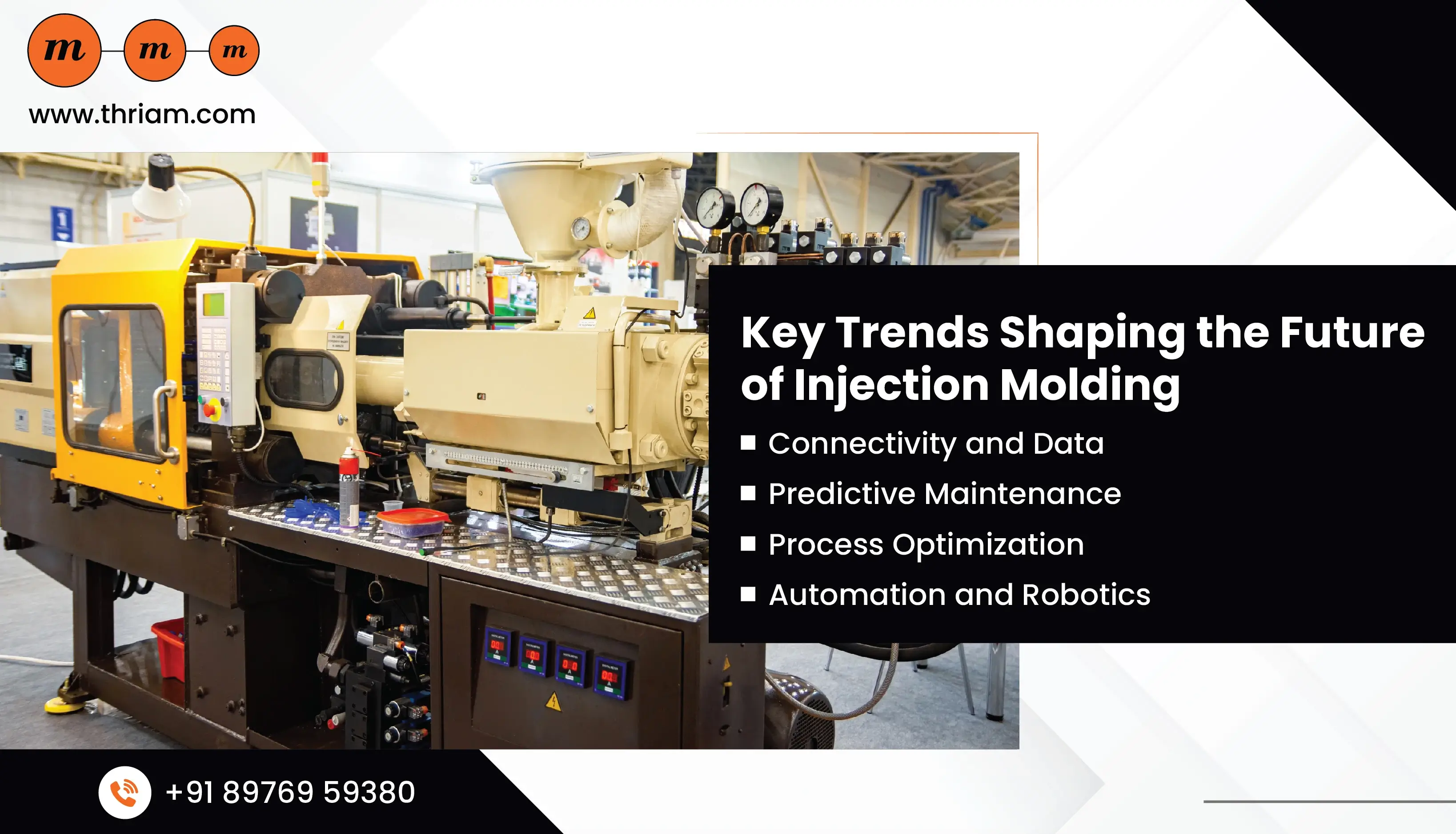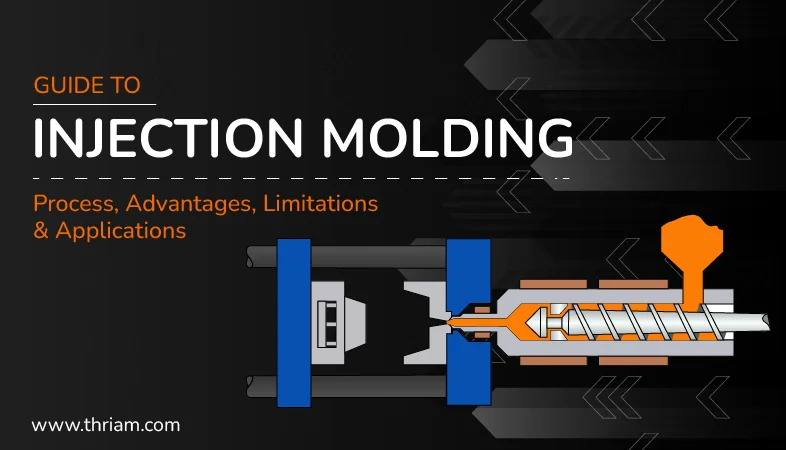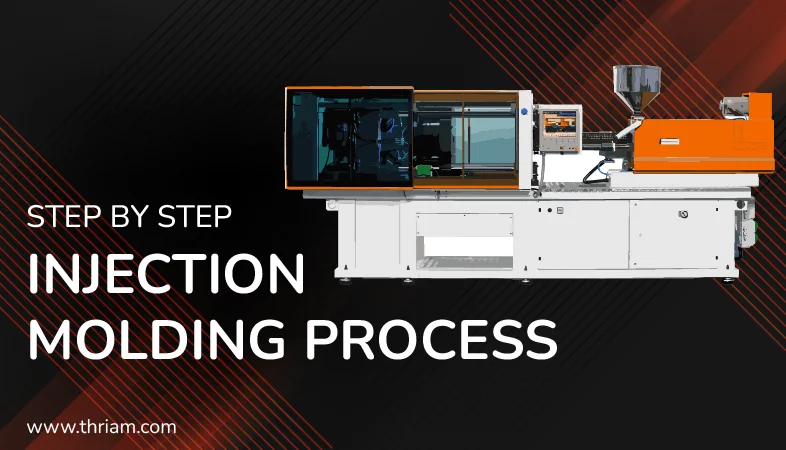The Future of Injection Molding: Trends and Predictions for 2025 and Beyond

Injection molding has been a cornerstone of manufacturing for decades, producing everything from everyday consumer goods to critical components for aerospace and medical devices. While the fundamental principles remain the same, the industry is constantly evolving, driven by technological advancements, changing market demands, and a growing emphasis on sustainability. This comprehensive guide explores the key trends shaping the future of injection molding, offering predictions for 2025 and beyond.
Key Trends Shaping the Future of Injection Molding:
Several interconnected trends are driving innovation and transformation in the injection molding industry:

- Industry 4.0 and Smart Manufacturing:
- Connectivity and Data:The integration of sensors, IoT (Internet of Things) devices, and cloud computing is enabling real-time data collection and analysis throughout the injection molding process.
- Predictive Maintenance:Data analytics can predict equipment failures and schedule maintenance proactively, minimizing downtime and maximizing efficiency.
- Process Optimization:Real-time process monitoring and control allow for immediate adjustments to parameters, ensuring consistent quality and reducing scrap.
- Automation and Robotics:Increased automation and the use of robotics are streamlining production, improving accuracy, and reducing labor costs.
- Advanced Materials and Material Science:
- Bioplastics and Biodegradable Polymers:Growing environmental concerns are driving the development and adoption of bioplastics and biodegradable polymers, offering sustainable alternatives to traditional petroleum-based plastics.
- Recycled and Recyclable Materials:Increased focus on circular economy principles is leading to greater use of recycled and recyclable plastics in injection molding.
- Advanced Composites and Fillers:The use of advanced composites and fillers, such as carbon fiber and nanomaterials, is enhancing the strength, stiffness, and other properties of molded parts.
- Lightweighting:The demand for lighter-weight parts, especially in the automotive and aerospace industries, is driving the development of new materials and molding techniques.
- Advanced Molding Technologies:
- Multi-Component Injection Molding:This technique allows for the molding of parts with multiple materials or colors in a single process, improving design flexibility and reducing assembly costs.
- Micro Injection Molding:This specialized technique enables the production of extremely small and intricate parts with micron-level precision, serving the medical, electronics, and microfluidics industries.
- Liquid Silicone Rubber (LSR) Injection Molding:LSR molding is gaining popularity due to the unique properties of LSR, such as flexibility, biocompatibility, and resistance to extreme temperatures.
- Gas-Assisted Injection Molding:This technique uses gas pressure to create hollow or partially hollow parts, reducing weight and material usage.
- Simulation and Virtual Prototyping:
- Mold Flow Analysis:Advanced simulation software allows for virtual testing and optimization of mold design and process parameters before physical tooling is created, reducing costly errors and lead times.
- Digital Twins:Creating digital replicas of physical injection molding processes enables real-time monitoring, analysis, and optimization.
- Focus on Sustainability and Circular Economy:
- Reducing Waste and Energy Consumption: Injection molders are increasingly focused on minimizing waste, reducing energy consumption, and improving resource efficiency.
- Closed-Loop Recycling Systems:Implementing closed-loop recycling systems to reuse scrap material and minimize environmental impact.
- Life Cycle Assessment:Conducting life cycle assessments to evaluate the environmental impact of injection molded products throughout their entire life cycle.
Predictions for Injection Molding in 2025 and Beyond:
Based on these trends, here are some predictions for the future of injection molding:
- Increased Automation and Smart Factories:By 2025, we will see even greater adoption of automation, robotics, and smart manufacturing technologies in injection molding facilities. This will lead to increased efficiency, reduced labor costs, and improved quality control.
- Wider Adoption of Advanced Materials:The use of bioplastics, recycled materials, and advanced composites will continue to grow as manufacturers seek sustainable and high-performance solutions.
- Greater Focus on Customization and On-Demand Manufacturing:Injection molding will become more agile and responsive to changing market demands, with increased emphasis on customization and on-demand manufacturing.
- Advanced Simulation and Digital Twins Will Become Standard Practice:Mold flow analysis and digital twin technology will become integral parts of the design and manufacturing process, enabling greater optimization and efficiency.
- Emphasis on Sustainability and Circularity: Sustainability will be a key driver of innovation in the injection molding industry, with increased focus on reducing waste, energy consumption, and environmental impact.
- Growth in Micro and Multi-Component Molding: The demand for smaller, more complex, and multi-functional parts will drive growth in micro and multi-component injection molding technologies.
- Integration of Artificial Intelligence (AI) and Machine Learning (ML):AI and ML will play a greater role in optimizing process parameters, predicting maintenance needs, and improving overall efficiency.
- Increased Collaboration and Data Sharing:Greater collaboration and data sharing across the supply chain will lead to improved communication, efficiency, and innovation.
- Automotive:Lightweighting, advanced materials, and automation will be key drivers in the automotive industry, enabling the production of more fuel-efficient and sustainable vehicles.
- Medical Devices:Micro injection molding, LSR molding, and biocompatible materials will be crucial for the development of advanced medical devices and implants.
- Consumer Goods:Sustainability, customization, and aesthetic appeal will be key factors in the consumer goods sector, driving the adoption of bioplastics and multi-component molding.
- Packaging:The packaging industry will increasingly focus on sustainable packaging solutions, utilizing recycled and biodegradable materials.
- Investment in New Technologies:Adopting Industry 4.0 technologies and advanced materials requires significant investment.
- Workforce Development:The industry needs to train and upskill its workforce to operate and maintain new technologies.
- Standardization and Data Security:Establishing industry standards for data sharing and ensuring data security are crucial for realizing the full potential of Industry 4.0.
Impact on Different Industries:
These trends will have a significant impact on various industries that rely on injection molding:
Challenges and Opportunities:
While these trends present significant opportunities, there are also challenges that the industry must address:
Conclusion
The future of injection molding is bright, driven by continuous innovation and a commitment to sustainability. By embracing the trends outlined in this guide, injection molders can prepare for the challenges and opportunities ahead, ensuring their continued success in a rapidly evolving manufacturing landscape. The integration of advanced technologies, a focus on sustainability, and a commitment to continuous improvement will be key to unlocking the full potential of injection molding in 2025 and beyond.



